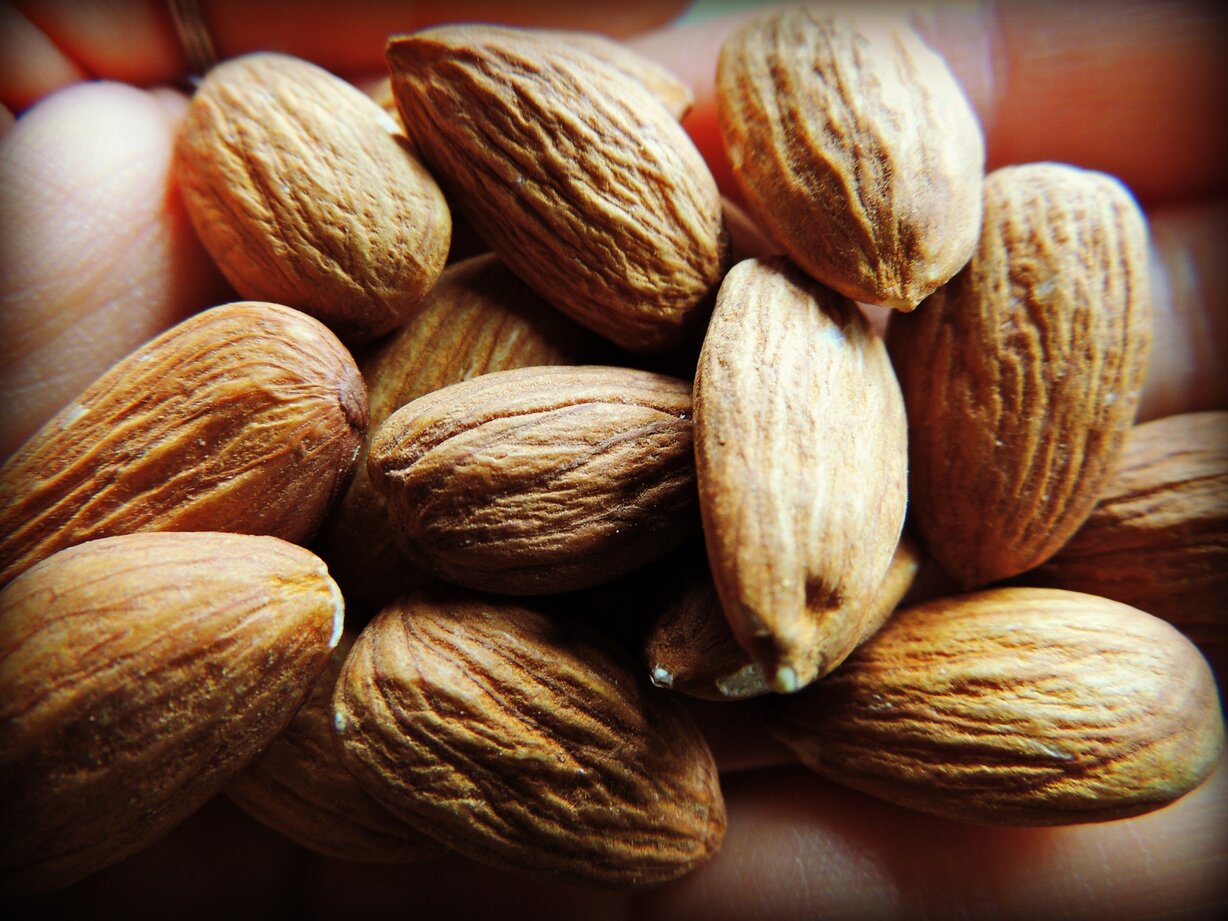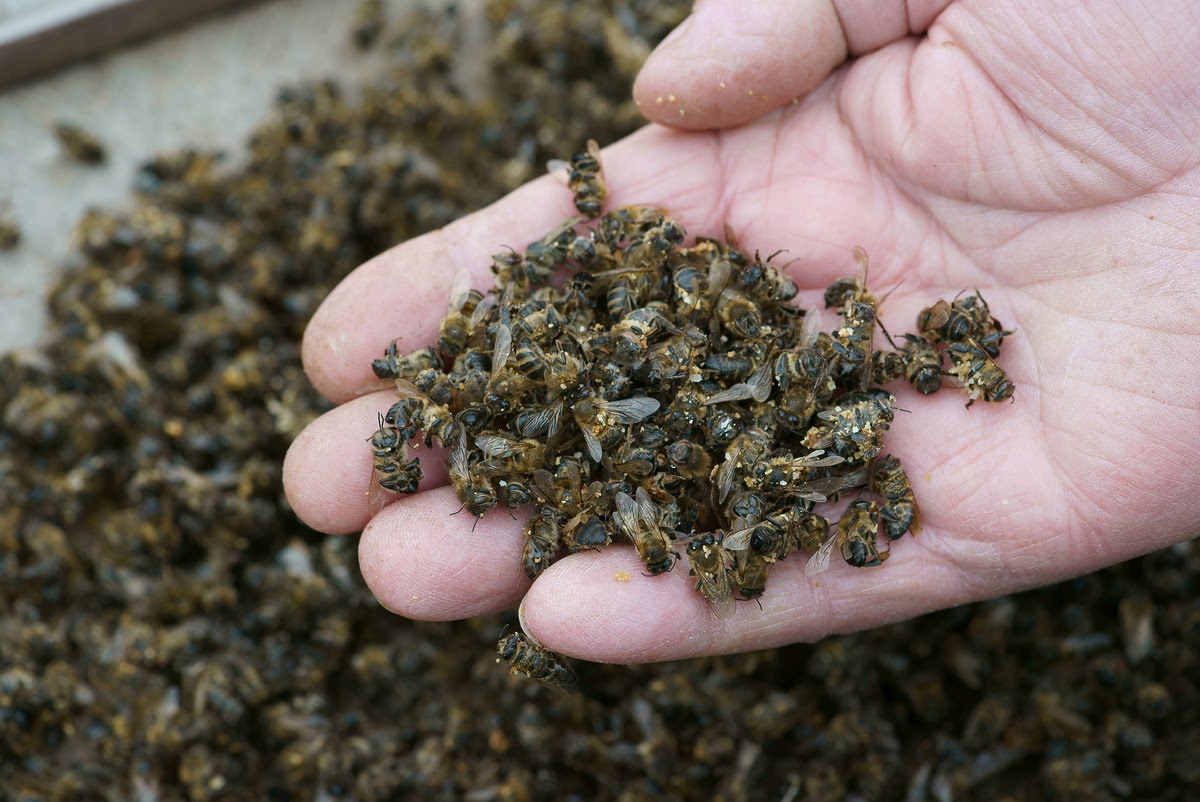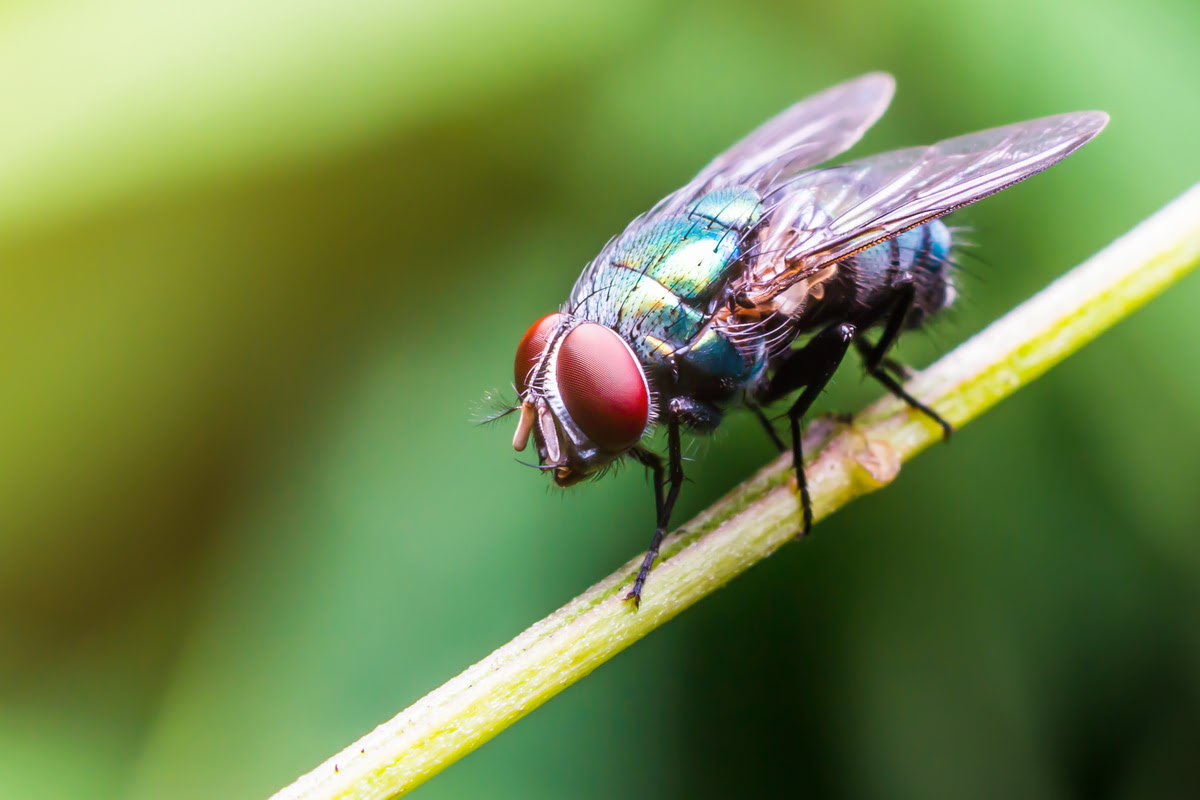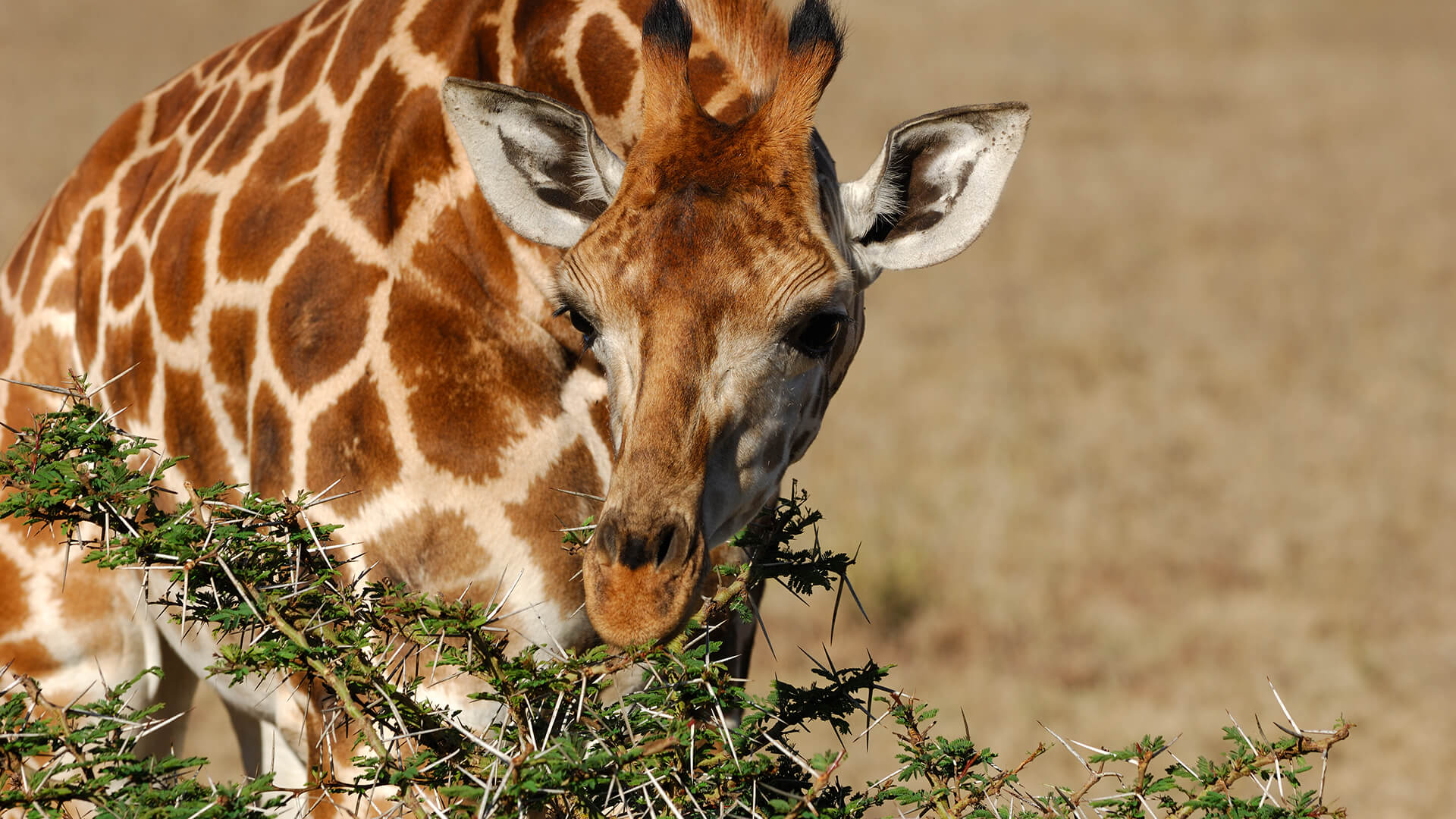Home>Gardening News and Trends>Latest News>How Many Animals Die From Pesticides
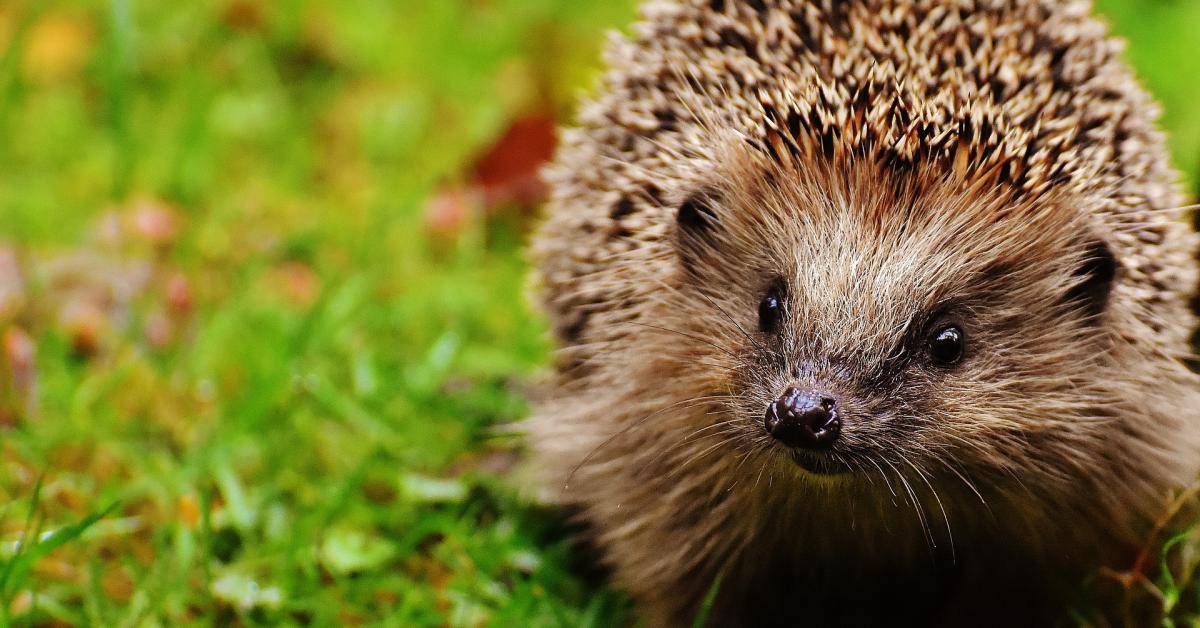

Latest News
How Many Animals Die From Pesticides
Modified: February 10, 2024
Stay updated with the latest news on how many animals die from pesticides. Discover the impact and consequences of pesticide use on wildlife.
(Many of the links in this article redirect to a specific reviewed product. Your purchase of these products through affiliate links helps to generate commission for Chicagolandgardening.com, at no extra cost. Learn more)
Table of Contents
Introduction
With the increasing use of pesticides in modern agriculture practices, concerns about their impact on the environment and wildlife have been raised. Pesticides are chemicals used to control pests, such as insects, weeds, and fungi, that damage crops and affect agricultural productivity. While pesticides can be effective in protecting crops and ensuring food security, they can also pose significant risks to non-target organisms, including animals.
The use of pesticides has become widespread over the past century, with millions of pounds applied globally each year. These chemicals can enter ecosystems through various pathways, including soil, water, and air, impacting not only the targeted pests but also beneficial organisms, such as animals that contribute to ecosystem balance and biodiversity.
The effects of pesticides on wildlife are a cause for concern, as they can lead to detrimental effects on animal populations, including mortality. Pesticides can directly poison animals or indirectly impact them by contaminating their habitat, affecting their food sources, or disrupting their reproductive processes. While the exact number of animals affected by pesticides is difficult to ascertain, studies have provided valuable insights into the matter.
This article aims to explore the impact of pesticides on wildlife and shed light on the studies conducted to assess the mortality of animals as a result of pesticide exposure. We will delve into the types of animals affected by pesticides, the effects on different ecosystems, and finally discuss measures to mitigate animal deaths caused by these chemicals.
Impact of Pesticides on Wildlife
Pesticides can have a significant impact on wildlife, ranging from acute poisonings to long-term effects on populations and ecosystems. When these chemicals are applied to crops or sprayed in the environment, they can enter the food chain, affecting animals at various trophic levels.
One of the primary ways pesticides impact wildlife is through direct poisoning. Birds, mammals, and reptiles can be exposed to pesticides by consuming contaminated plants, insects, or prey. The toxic effects of these chemicals can cause organ damage, reproductive issues, neurological disorders, and even death. Large-scale incidents of pesticide poisoning have been reported in cases where birds or animals consume bait laced with toxic substances.
Indirect effects of pesticides on wildlife are also prevalent. For example, pesticide residues can accumulate in the fatty tissues of animals over time, leading to chronic exposure and potential long-term effects. Additionally, pesticides can reduce the availability of food sources for animals by targeting insects, which are an essential part of their diet. This disruption in the food chain can have cascading effects on predator-prey relationships and overall ecosystem stability.
Amphibians are particularly susceptible to the effects of pesticides due to their permeable skin, which makes them more prone to absorbing contaminants. Studies have shown that exposure to certain pesticides can lead to deformities, developmental issues, and population declines in amphibian species.
Furthermore, aquatic ecosystems are highly vulnerable to the impacts of pesticides. These chemicals can contaminate water bodies through runoff from agricultural fields or from direct application for aquatic pest control. Fish, amphibians, and other aquatic organisms can be directly exposed to pesticides in the water, leading to reduced survival rates, impaired growth and reproduction, and disruption of ecosystem dynamics.
It’s important to note that the impact of pesticides on wildlife is not limited to vertebrates. Invertebrates such as bees and other pollinators, as well as beneficial insects, can be highly affected by the use of pesticides. The loss of these important pollinators and natural pest control agents can have far-reaching consequences for both agricultural systems and natural habitats.
Overall, the impact of pesticides on wildlife is a concerning issue that requires attention and action. By understanding the effects of these chemicals on animals and ecosystems, we can work towards finding sustainable solutions that balance the need for pest control with the protection of biodiversity and wildlife populations.
Studies on Animal Mortality
Several studies have been conducted to assess the mortality of animals as a result of pesticide exposure. These studies provide valuable insights into the extent of the impact and help in understanding the potential risks associated with pesticide use.
A study conducted by researchers at the University of California, Davis, examined the mortality rates of birds in agricultural areas exposed to pesticides. The findings revealed that certain pesticides, such as organophosphates and carbamates, were associated with higher bird mortality rates. Birds that fed on insects or seeds treated with these chemicals were more likely to experience acute poisoning, leading to increased mortality.
Another study focused on the impact of pesticides on bees, which are vital pollinators responsible for supporting global food production. Research conducted by scientists at the University of Sussex found that exposure to neonicotinoid pesticides significantly increased bee mortality. These pesticides, commonly used in agricultural practices, can impair bee navigation and foraging abilities, leading to reduced colony survival and population decline.
In addition to birds and bees, studies have shown the detrimental effects of pesticide exposure on reptiles and small mammals. Research conducted by a team at Florida State University found that reptiles, such as lizards and turtles, faced increased mortality rates when exposed to certain herbicides commonly used in agricultural and landscaping practices. Similarly, studies on small mammals, such as rodents, have demonstrated that exposure to pesticide residues in their habitats can lead to population declines and reproductive abnormalities.
Furthermore, studies have highlighted the impact of pesticides on aquatic organisms. Research conducted by scientists at the Swedish University of Agricultural Sciences found that the use of certain fungicides in agriculture led to substantial fish mortality in nearby water bodies. These fungicides can contaminate the water, affecting fish health and reducing their survival rates.
While these studies provide valuable insights into the mortality rates of animals due to pesticide exposure, it’s important to note that the exact number of animal deaths caused by pesticides is challenging to determine. Many incidents go unreported, and the effects of chronic exposure and sublethal doses are often not accounted for in these studies.
Based on the available research, it is evident that pesticides pose a significant risk to animal populations, leading to increased mortality rates and potential ecosystem disruptions. Further research and monitoring are necessary to fully understand the extent of the problem and develop effective strategies to mitigate animal deaths caused by pesticide use.
Types of Animals Affected
The use of pesticides can impact a wide range of animal species, including birds, mammals, amphibians, reptiles, fish, and invertebrates. The specific types of animals affected can vary depending on the type of pesticide used, the mode of application, and the ecosystems in which they are used.
Birds are one of the most commonly affected groups of animals. Pesticides can be ingested by birds either through direct consumption of treated seeds or insects, or through contaminated water sources. This can lead to acute poisoning, affecting their nervous system and causing death. Birds of prey, such as eagles, hawks, and owls, are particularly vulnerable to pesticide exposure, as they can accumulate toxins through their diet of contaminated small mammals and birds.
Amphibians, such as frogs, toads, and salamanders, are also highly impacted by pesticides. These animals have a permeable skin, which makes them susceptible to absorbing toxins directly from their environment. Pesticide exposure can lead to deformities, reproductive issues, and population declines in amphibian species. In particular, herbicides used in agricultural practices have been shown to have adverse effects on amphibians by disrupting their hormonal balance and causing developmental abnormalities.
Reptiles, including lizards, turtles, and snakes, are another group of animals affected by pesticides. These animals can be exposed through direct contact with contaminated vegetation or prey. Certain herbicides and insecticides have been found to negatively impact reptile populations, leading to increased mortality rates and reduced reproductive success.
Aquatic ecosystems are particularly vulnerable to the effects of pesticides. Fish, amphibians, and other water-dwelling organisms can be directly exposed to pesticides that enter water bodies through runoff or direct application. Pesticide contamination in water can disrupt the health and survival of aquatic organisms, leading to population declines and ecosystem imbalance.
Invertebrates, such as bees, butterflies, and other pollinators, are also at risk from pesticide exposure. These animals play a crucial role in pollinating plants and maintaining ecosystem biodiversity. Pesticides, particularly neonicotinoids, have been linked to impaired navigation, foraging abilities, and reduced colony survival in bee populations. This can have significant consequences for crop pollination and overall ecosystem health.
Overall, the impact of pesticides on animal populations extends across various taxonomic groups and ecological niches. It is essential to recognize the diverse range of species affected and take measures to minimize their exposure to these chemicals in order to safeguard biodiversity and ecological balance.
Effects of Pesticides on Different Ecosystems
Pesticides can have profound effects on different ecosystems, ranging from terrestrial habitats to aquatic environments. The impact of these chemicals on ecosystems can disrupt ecological processes, reduce biodiversity, and threaten the overall stability of these systems.
In agricultural areas, where pesticides are frequently used, the effects on ecosystems can be significant. One of the primary concerns is the loss of biodiversity. Pesticides can disrupt the natural balance of predator-prey relationships by reducing the populations of beneficial insects and other organisms that play crucial roles in ecosystem functioning. This disruption can lead to an increase in pest species, further necessitating the use of pesticides and perpetuating a harmful cycle.
Furthermore, pesticides can contaminate soil and persist in the environment, affecting the health of soil organisms. Soil microorganisms that contribute to nutrient cycling and decomposition processes can be negatively impacted, leading to imbalances in nutrient availability and hindering the overall productivity of agricultural and natural ecosystems.
Aquatic ecosystems are particularly vulnerable to pesticide contamination due to pesticide runoff from agricultural fields and direct application for aquatic pest control. Pesticides entering water bodies can have devastating effects on aquatic organisms. Fish, amphibians, and invertebrates can experience reduced survival rates, impaired growth and development, and reproductive abnormalities. The decline in these key species can have cascade effects on the entire food web of the ecosystem.
In addition to the direct impact on organisms, pesticides can also contaminate water sources, affecting water quality. This contamination can lead to the degradation of aquatic habitats and pose risks to human health if the contaminated water is used for consumption or irrigation.
Wetlands, which are critical habitats for many plant and animal species, are also subject to the adverse effects of pesticides. These chemical substances can accumulate in wetland soils and sediments, threatening the health of plant species and disrupting the balance of wetland ecosystems. This can have cascading effects on water filtration, carbon sequestration, and the sustenance of numerous species that rely on wetland habitats.
Overall, the effects of pesticides on different ecosystems are far-reaching. These chemicals can disrupt ecosystem processes, diminish biodiversity, and compromise the ecological services that such systems provide. It is crucial to adopt sustainable agricultural practices, implement responsible pesticide use, and promote alternatives that minimize harm to ecosystems.
Measures to Mitigate Animal Deaths from Pesticides
To address the issue of animal deaths caused by pesticides, various measures can be taken to mitigate the impacts and promote more sustainable practices. These measures aim to minimize exposure, protect vulnerable species, and ensure a balance between pest control and environmental conservation.
1. Integrated Pest Management (IPM): Implementing IPM practices is crucial in reducing the reliance on pesticides. This approach focuses on combining multiple strategies, such as crop rotation, habitat diversification, and biological control, to manage pests effectively. By using targeted pest control methods, the need for broad-spectrum pesticides can be reduced, minimizing the overall impact on wildlife.
2. Organic Farming: Encouraging the adoption of organic farming practices can significantly reduce pesticide usage and its associated risks. Organic farmers rely on natural methods, such as composting, crop rotation, and biological pest control, to maintain healthy and pest-resistant crops. By supporting organic farming, we can promote biodiversity, safeguard wildlife habitats, and minimize pesticide-related animal deaths.
3. Buffer Zones and Landscaping: Establishing buffer zones around agricultural fields can help reduce pesticide drift into neighboring ecosystems. These buffer zones act as natural barriers, capturing and absorbing pesticides before they can reach water bodies or non-target habitats. Additionally, incorporating diverse landscapes near agricultural areas, such as hedgerows and wildflower strips, can provide habitats for beneficial insects, including pollinators and natural pest control agents, reducing the reliance on pesticides.
4. Pesticide Regulations and Education: Governments and regulatory bodies play a crucial role in ensuring safe and responsible pesticide use. Implementing strict regulations, monitoring pesticide usage, and enforcing proper labeling and handling practices can help minimize the potential risks to wildlife. Moreover, educating farmers, agricultural workers, and the general public about the potential consequences of pesticide use and promoting alternative methods can encourage the adoption of more environmentally friendly practices.
5. Research and Innovation: Continued research and development of alternative pest control methods are essential for reducing the reliance on pesticides and minimizing their impact on wildlife. This includes exploring and promoting the use of biopesticides, pheromone-based pest control, precision agriculture technologies, and other innovative approaches that are less harmful to non-target organisms.
6. Monitoring and Assessment: Establishing robust monitoring programs to assess the impact of pesticides on wildlife is crucial. This includes monitoring animal populations, assessing water and soil contamination levels, and evaluating the efficacy and toxicity of different pesticide formulations. Regular monitoring can provide valuable data to improve pesticide regulations and identify potential risks to wildlife populations.
By implementing these measures and promoting sustainable agricultural practices, we can reduce the risks of animal deaths caused by pesticides. It is crucial to prioritize the protection of biodiversity, maintain ecosystem balance, and ensure the long-term sustainability of our agricultural systems.
Conclusion
The impact of pesticides on wildlife is a pressing concern that requires attention and action. These chemical substances, designed to control pests and increase agricultural productivity, can inadvertently harm non-target organisms like animals. The effects of pesticides range from acute poisonings to long-term impacts on populations and ecosystems.
Studies have shown that pesticides can lead to increased animal mortality rates, disrupting the delicate balance of ecosystems and threatening biodiversity. Birds, bees, reptiles, amphibians, fish, and invertebrates are all subject to the harmful effects of pesticide exposure. Direct poisoning, indirect effects through contaminated food sources, and chronic exposure can lead to organ damage, reproductive issues, and population declines.
To mitigate animal deaths from pesticides, various measures can be implemented. Integrated Pest Management (IPM) practices, organic farming methods, and buffer zones can reduce pesticide usage and minimize their impact on wildlife. Strong pesticide regulations, education, and support for research and innovation are also crucial in promoting sustainable alternatives and responsible pesticide use. Regular monitoring and assessment of pesticide impacts are essential for ensuring the effectiveness of mitigation measures and identifying potential risks.
Ultimately, the goal is to find a balance between pest control for agricultural productivity and the protection of wildlife. By adopting sustainable practices, supporting biodiversity, and prioritizing the health and well-being of ecosystems, we can mitigate the negative effects of pesticides on animal populations.
It is our responsibility to work towards a future where pesticides are used sparingly, and alternative methods that minimize harm to wildlife are embraced. By doing so, we can ensure the long-term health and resilience of our ecosystems, safeguard animal populations, and protect the intricate web of life on our planet.

